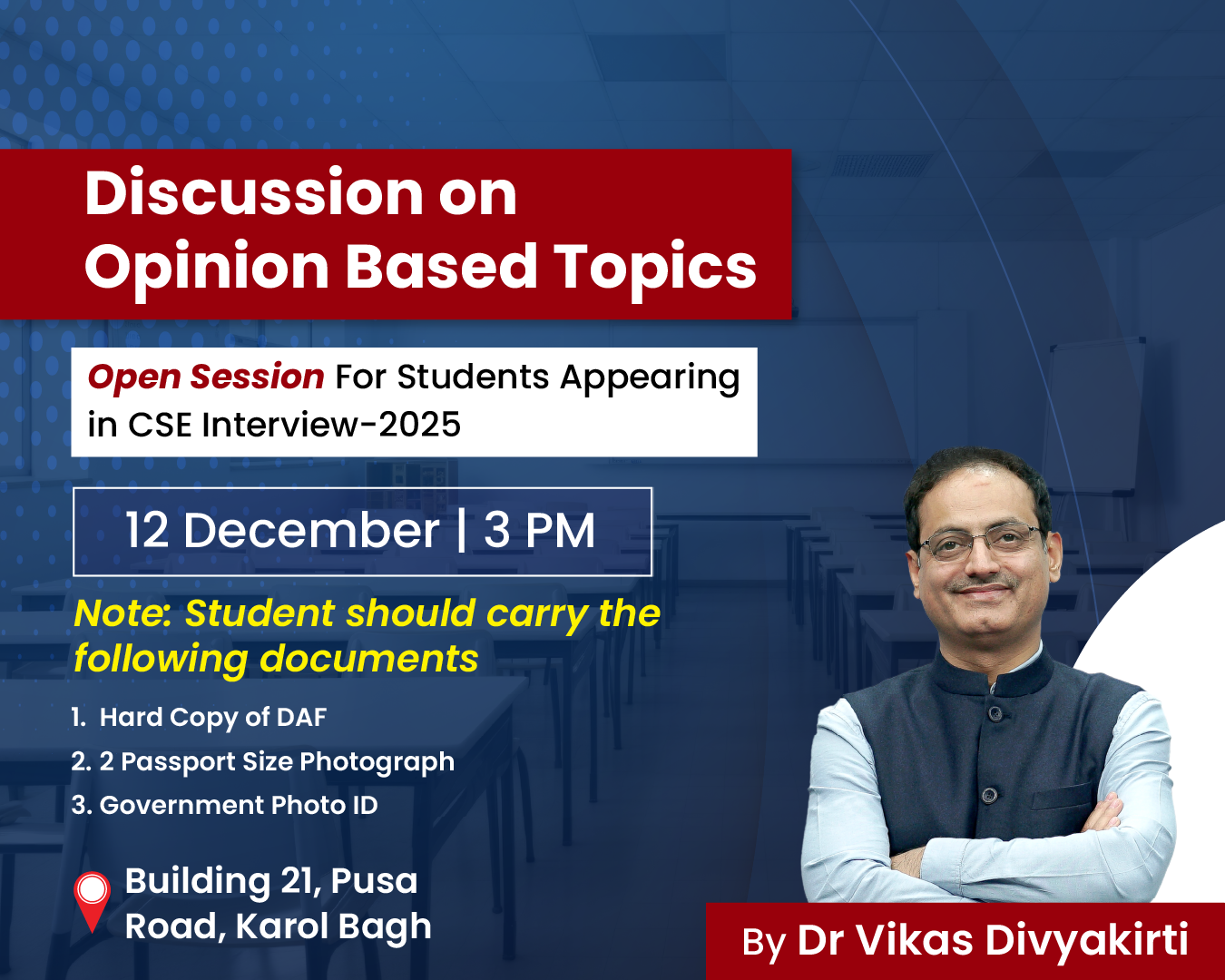-
17 Jul 2025
GS Paper 3
Economy
Day 28: "PPPs aim to link public goals with private efficiency, but structural flaws hinder their success."Critically assess the key challenges in India’s PPP model and suggest reforms for fair risk-sharing and effective execution. (250 words)
Approach :
- Begin by explaining what Public-Private Partnerships (PPPs) are.
- Critically assess key challenges in India’s PPP Model.
- Suggest reforms for fair risk-sharing and effective execution.
- Conclude with a suitable way forward.
Introduction:
Public-Private Partnerships (PPPs) are collaborative arrangements that combine the funding and efficiency of the private sector with the developmental vision of the public sector to deliver essential infrastructure and services. In India, PPPs have played a key role in sectors like highways, airports, ports, and urban infrastructure. However, despite their potential, PPPs have often fallen short of expectations due to deep-rooted structural and operational challenges.
Body:
Challenges in India’s PPP Framework
- Skewed Risk Allocation:
- Many PPP contracts impose disproportionate risks on private players, especially in Build-Operate-Transfer (BOT) models.
- For example, traffic risk in highway projects is often borne entirely by the private entity, despite being influenced by broader economic and policy variables beyond their control.
- Regulatory and Policy Uncertainty:
- Frequent changes in land acquisition norms, environmental clearances, and taxation policies create an unpredictable policy environment.
- The retrospective tax issue and delayed forest/environmental clearances in projects like POSCO illustrate this concern.
- Dispute Resolution and Judicial Delays:
- The lack of quick and specialized arbitration mechanisms has led to prolonged litigation.
- According to the Ministry of Finance, disputes worth over ₹70,000 crore were stuck in arbitration as of 2022.
- Financial Constraints and Weak Bankability:
- The Non-Performing Asset (NPA) crisis and limited availability of long-term capital have weakened the banking sector’s ability to fund PPPs.
- One-size-fits-all Model:
- PPP frameworks often lack sector-specific customization.
- The same model applied to highways may not work efficiently in health or education, where social outcomes are hard to quantify.
- Accountability and Governance Gaps:
- Many PPP projects suffer from unclear lines of responsibility.
- In cases of delays or service failure, the blame often oscillates between private concessionaires and public authorities.
Reforms for Fair Risk-Sharing and Effective Execution
- Balanced and Flexible Contract Design:
- Model Concession Agreements (MCAs) must include flexible terms with equitable risk-sharing.
- Force majeure and change-in-law clauses should be clearly defined and fairly applied.
- Strengthening Institutional Capacity:
- The establishment of 3P India as proposed by the Kelkar Committee should be prioritized to serve as a dedicated body for PPP policy, training, and dispute resolution.
- Viability Gap Funding (VGF) Enhancement:
- In socially desirable but economically unviable sectors (e.g., rural water supply), the government must increase VGF to attract private investment.
- Sector-Specific PPP Models:
- Hybrid Annuity Models (HAM) and annuity-based PPPs have worked well in road development. Similar tailored models should be designed for other sectors like health and education.
- Efficient Dispute Resolution Mechanism:
- Fast-track arbitration panels and PPP tribunals must be established to ensure timely redressal and project continuation.
Conclusion:
As the Kelkar Committee observed, “India needs to reboot PPPs, not abandon them.” For India’s $1.5 trillion infrastructure vision under the National Infrastructure Pipeline (NIP) to succeed, PPPs must be made more resilient, transparent, and flexible. Reimagining PPPs with trust, accountability, and innovation is essential to ensure they deliver both economic and social returns in a fair and sustainable manner.





